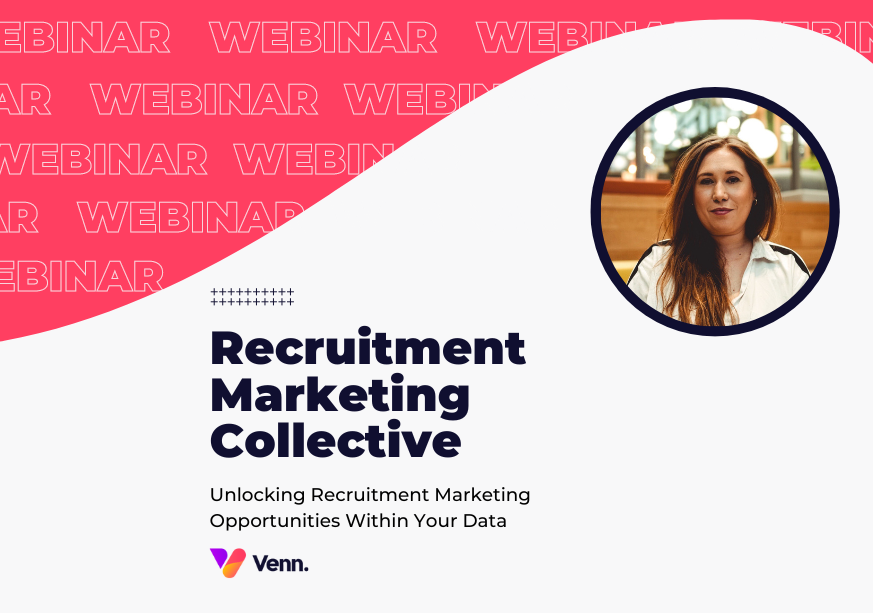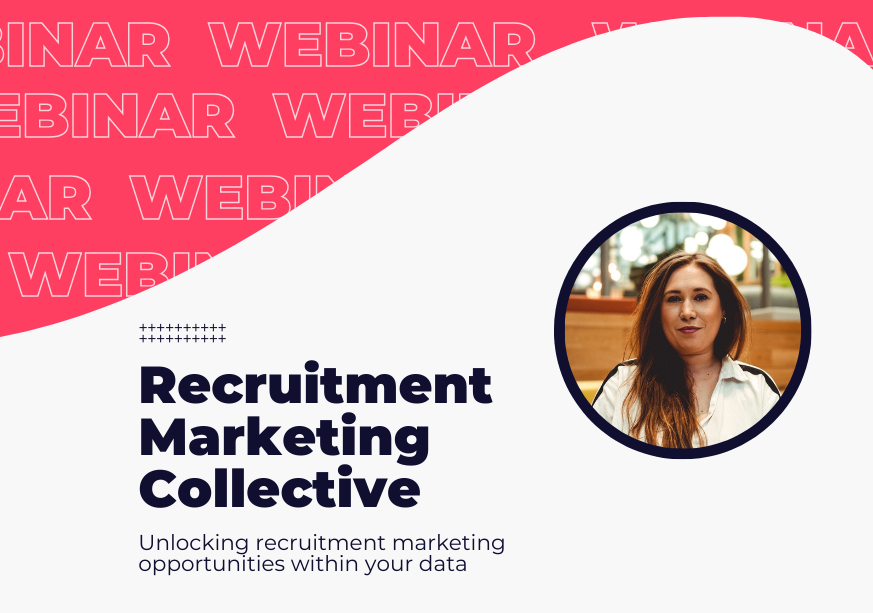Explore our NEW Knowledge Base and Help Desk to find everything you need to attract, engage and convert talent with your Vennture website.
Discover MoreGrow Your Talent Pool With a Paid Strategy
04 Sept, 20193 minutes
Over the past few years, the way recruiters source talent has changed. Today, the market is driven by candidates and those with in-demand skills are now able to pick and choose between multiple businesses and recruiters. To make things even tougher, the sector has become saturated with competitors, each one promising new roles with competitive salaries and unrivalled perk packages.
According to Glassdoor, 79% of job applicants use social media in their job search and according to Undercover Recruiter, 89% of job seekers think mobile devices play a critical role in the job-hunting process. As a recruitment company, are you genuinely making the most of these crucial channels and devices?
LinkedIn and job boards are swarming with consultants looking for their industry’s top talent, so ensuring your recruitment brand stands out from the crowd is more important than ever. Fortunately, paid media advertising provides an excellent opportunity to put recruiters directly in front of the active and passive candidates they’re looking to attract, but only if they know how to leverage it.
Create a multichannel strategy to capture active and passive candidates
Any recruiter worth their salt knows the difference between an active and passive candidate, but knowing how to use specific channels to get your brand in front of them is a tougher task. A multichannel paid strategy means you can split your budget between the mediums leveraging their unique strengths and capturing audiences based on their intent.
How to capture active candidates
As you know, active candidates are currently searching for a new role and will be turning to Google and Bing to see what’s out there. While the top organic spots are usually locked down by the major job boards (although that may change thanks to Google’s diversity update), a paid search campaign allows you to appear among the ads, making your business one of the first results job seekers see.
Using paid ads to capture active candidates is also important due to the rise in Google for Jobs. The addition of this to the SERPs means organic results are going to be pushed further down the page. However, paid ads currently feature above the Google for Jobs module, so adding them to your acquisition strategy can allow recruiters to stay in those top spots.
How to target passive candidates
However, targeting passive candidates is different. They’re not going to see your paid ads among queries like “Oil and Gas jobs” because they’re not searching those terms. Instead, turning to promoted social content can get your ads in front of these candidates. By placing your ads in their news feed with relevant content, you can show the exciting roles you have available and while the candidate may not click-through the first time, you’re increasing your brand’s awareness.
Both active and passive candidates are a crucial part of any recruitment strategy and to get the attention of both, you’re going to need a strategy spanning multiple channels. Search ads allow you to target those who are searching with intent and are actively looking for their next role. Meanwhile, social ads allow you to get your brand and the jobs you have on offer in front of passive candidates piquing their interest before they even know they want a new role.
Take advantage of Facebook’s lookalike audiences
With 1.49 billion monthly active users, Facebook has a bigger reach than Twitter, Instagram and WhatsApp combined. Obviously, you don’t want to target Facebook’s entire audience, that would be a huge waste of time and budget.
What you do want is to place your most exciting jobs in front of the most relevant candidates who are most likely to convert. With Facebook’s lookalike audiences, the platform’s algorithm can look at your best candidate's email data and then begin to create new audiences who have the same; interests, behaviours and online habits.
Remarket to keep your audience engaged
It’s not enough to just get in front of your audience once, they might not be ready to convert or didn’t find the right job. So, targeting them with a remarketing strategy is essential to keeping potential candidates engaged with your brand.
By remarketing to those who have already been on your site, you’re keeping your brand in the front of their mind, so when they are ready to find a new job, you’ll be their first port of call.
Keep an eye on Google for Jobs
Google for Jobs has already had a major impact on the way recruiters work. Cutting out the middleman, candidates can now apply for jobs from the comfort of the search engine results page.
However, Google will no doubt be looking to monetise this new service. While nothing has been confirmed just yet, we speculate that Google for Jobs will be trialling paid placements soon, meaning recruitment agencies have a new channel to consider when it comes to finding the best talent.
With this in mind, it pays to begin your paid media strategy now rather than waiting until Google implements these changes. Otherwise, you could end up playing lagging behind your competitors.
At Venn, we specialise in creating paid media campaigns for the recruitment industry. Whether it’s boosting applications or driving more traffic to the site, we have a track record of producing results. Just see what we’ve done for Oil & Gas recruiter Petroplan.
Still not convinced? Take a look at our paid media credentials and get in touch today to discover how we can help you reach the right audiences.



